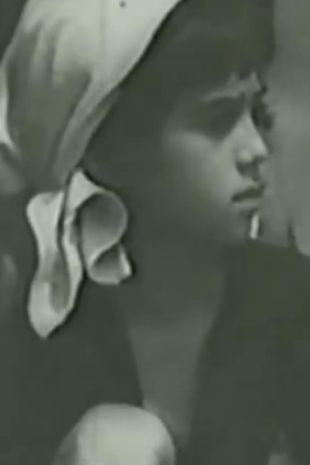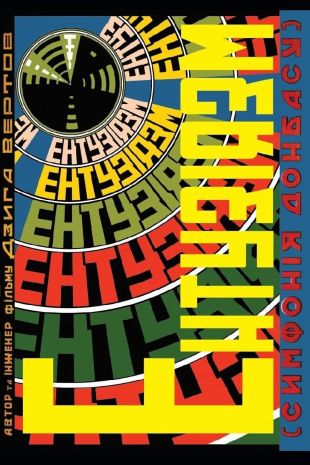The theories and experimental films of Dziga Vertov revolutionized documentary cinema and continue to influence filmmakers ranging from Godard to Stan Brakhage to Chris Marker. He was born Denis Arkadievitch Kaufman in Bialystok, Poland (which at the time was part of Czarist Russia), the son of a librarian. His brothers, Mikhail Kaufman and Boris Kaufman, both became noted cinematographers. Vertov began writing poetry at age ten and at 16 was attending the Bialystok Music Conservatory where he studied violin and piano. A resident of Russia since 1915, Vertov studied neurology in St. Petersburg in 1917. While there, he began researching human perception with sound and created a Laboratory of Hearing in which he made montages of natural sounds and then tried to re-create them by grouping them in phonetic units. He took his pseudonym (loosely translated as "spinning top" or literally "top turning") at this time.
Following the Bolshevik Revolution in 1917, Vertov was invited to become the writer, editor, and overseer of Kino-Nedelia/Cinema Weekly, a filmed periodical that contained snippets of the lives of Soviet citizens. Through these, Vertov began experimenting with creative editing to increase audience impact. He left the film series in 1919 to edit the full-length compilation film Anniversary of the Revolution. He followed it with two short films, Battle of Tsaritsyn (1920) and The Agit-Train VTSIK (1921). In 1922, he made the 13-reel History of Civil War (1922). Next Vertov started his own newsreel series, Kino-Pravda (Cine-Truth) which he named in honor of the official Soviet newspaper Pravda. During this period, Vertov developed his montage techniques and honed his growing theories about cinema as the art form best suited for the masses. In 1919, he joined the fray with other intellectuals in debating the issue of art versus the people. That year he joined with other filmmakers, including his future wife, Elisaveta Svilova, and his brother, Mikhail Kaufman, to form Kino-Glaz (Cinema-Eye) to promote his idea that the impartial eye of the camera is far better suited to recording and organizing the truth than the subjective and often faulty human eye. In 1922, the group published a revolutionary manifesto in which he derided all fiction films as backward, packed with lies and powerless while lauding those films that recorded truth of real life "caught unawares." He was profoundly influenced by Marxism and presented a rather poetic view of it in his many subsequent films such as Shagai, Sovet!/Forward, Soviet!, Shestaya Chast' Mira/A Sixth Part of the World (both 1926), and his best-known film Chelovek s Kinoapparatom/The Man With the Movie Camera (1929), a frequently humorous, lyrical, and avant-garde portrait of Soviet city life that employed numerous innovative camera techniques, including superimposition, fast and slow motion, split screens, and rapid montage to engage the audience in an active dialogue on filmed reality versus human perceptions of reality.
When sound technology came to film, Vertov, who had earlier experimented with sound recordings, was able to use it to full advantage in Enthusiasm: Donbass Symphony (1931), a film that utilized sound montages and earned him international acclaim, but was panned in the Soviet Union. Vertov next made Tri Pesni o Lenine/Three Songs About Lenin (1934) and won a prize at that year's Venice Film Festival. It was not immediately released in Russia because it was felt that Stalin's role in the Revolution wasn't developed enough. His film Kolybel'naya/The Lullaby (1937) was edited sans Vertov's permission to make Stalin's role bigger. By then the conservative government began showing more interest in fictional features and Vertov ended up spending his last 20 years editing artless newsreels. In the early '60s, six years after Vertov died, French documentary makers Edgar Morin and Jean Rouch revived interest in Vertov's early theories and integrated them into the cinéma vérité movement. In 1968, Jean-Luc Godard with Jean-Pierre Gorin organized the so-called Dziga Vertov group to further promote the late filmmaker's ideas.


